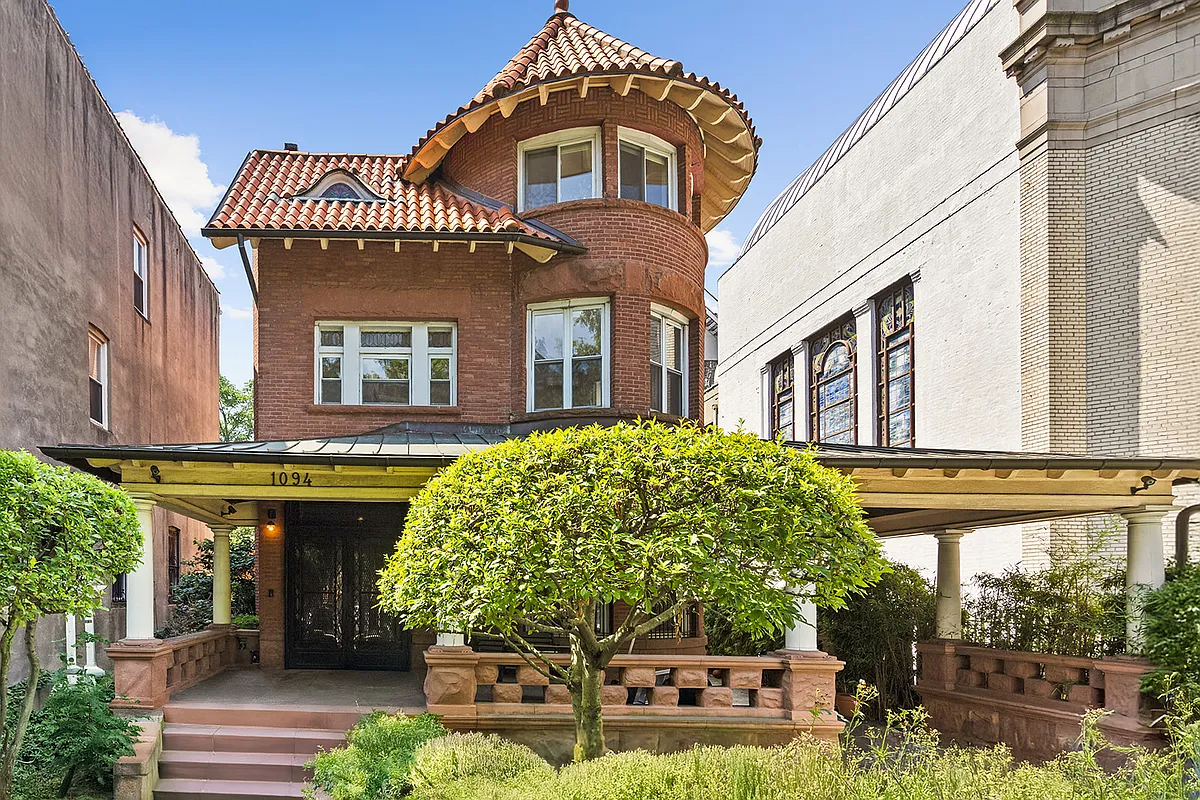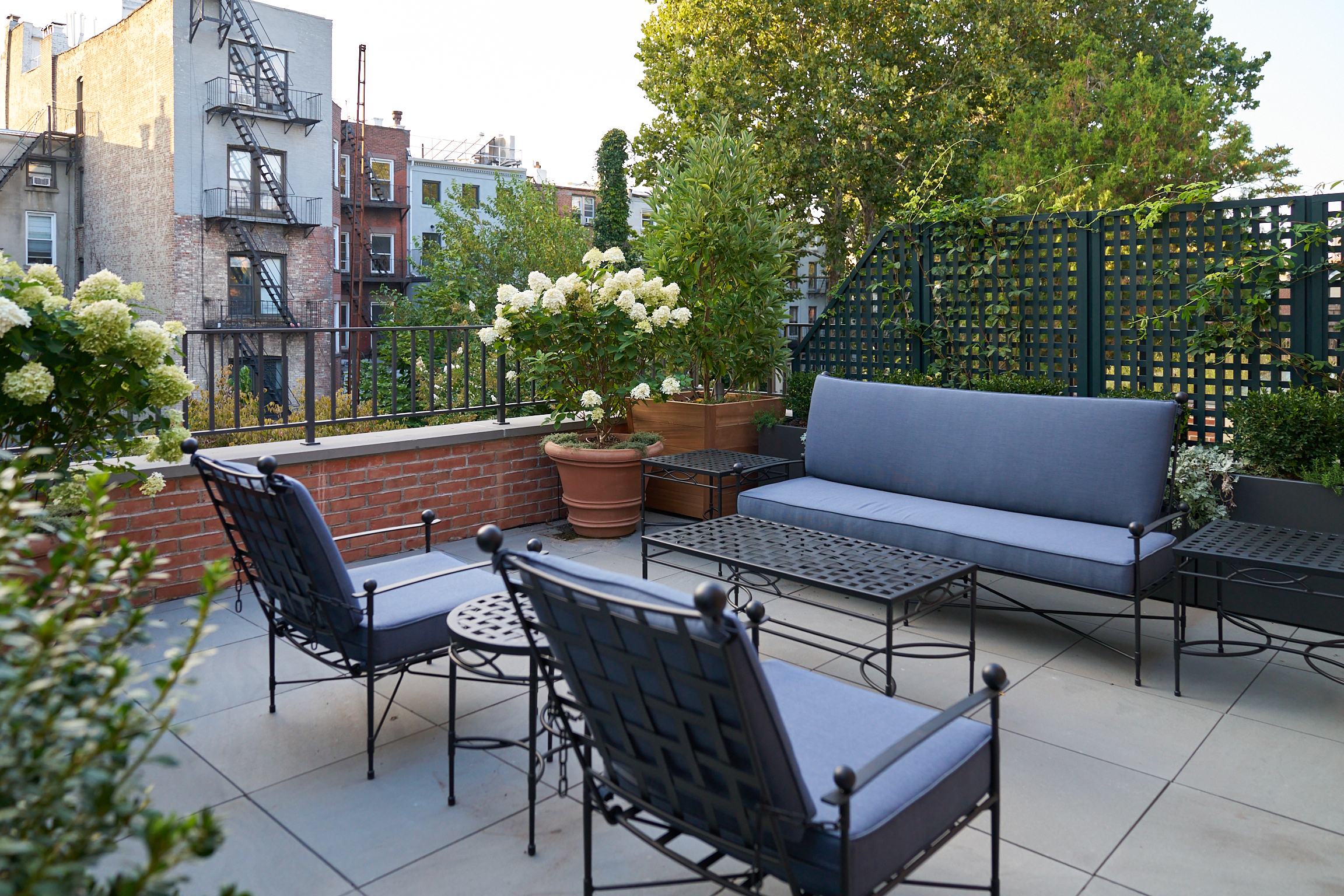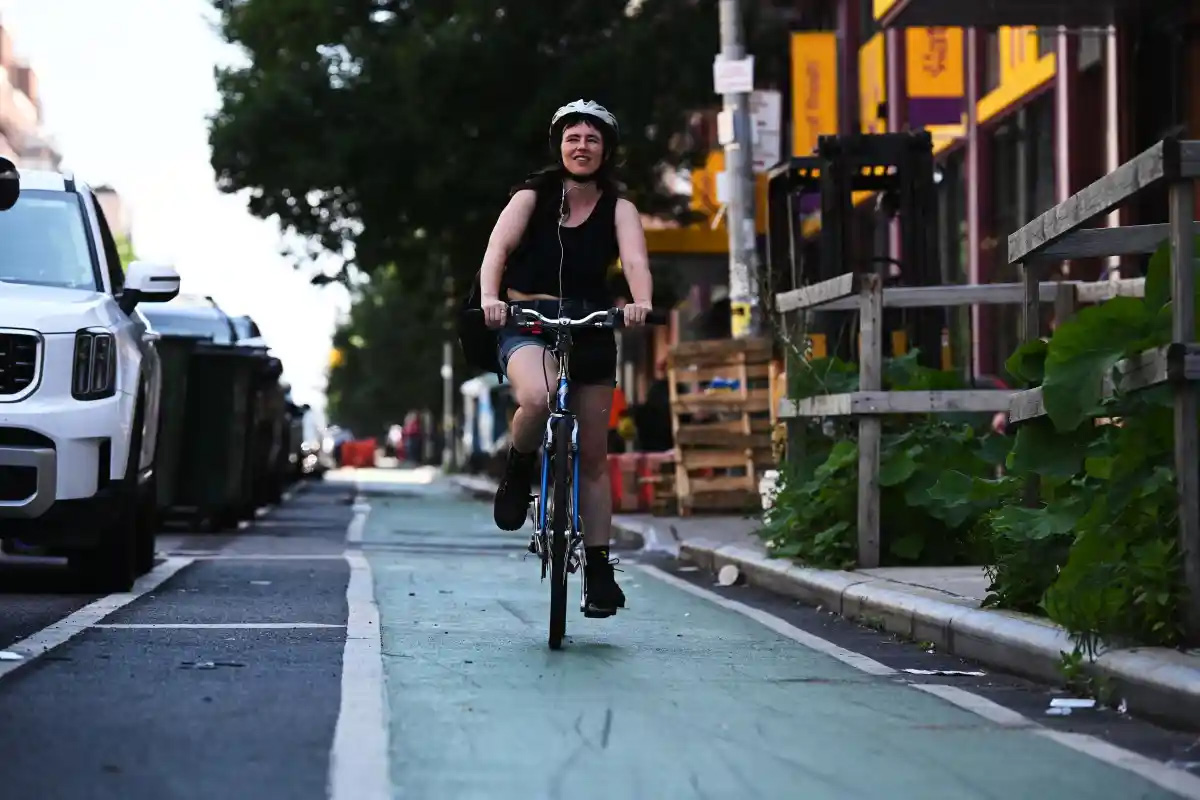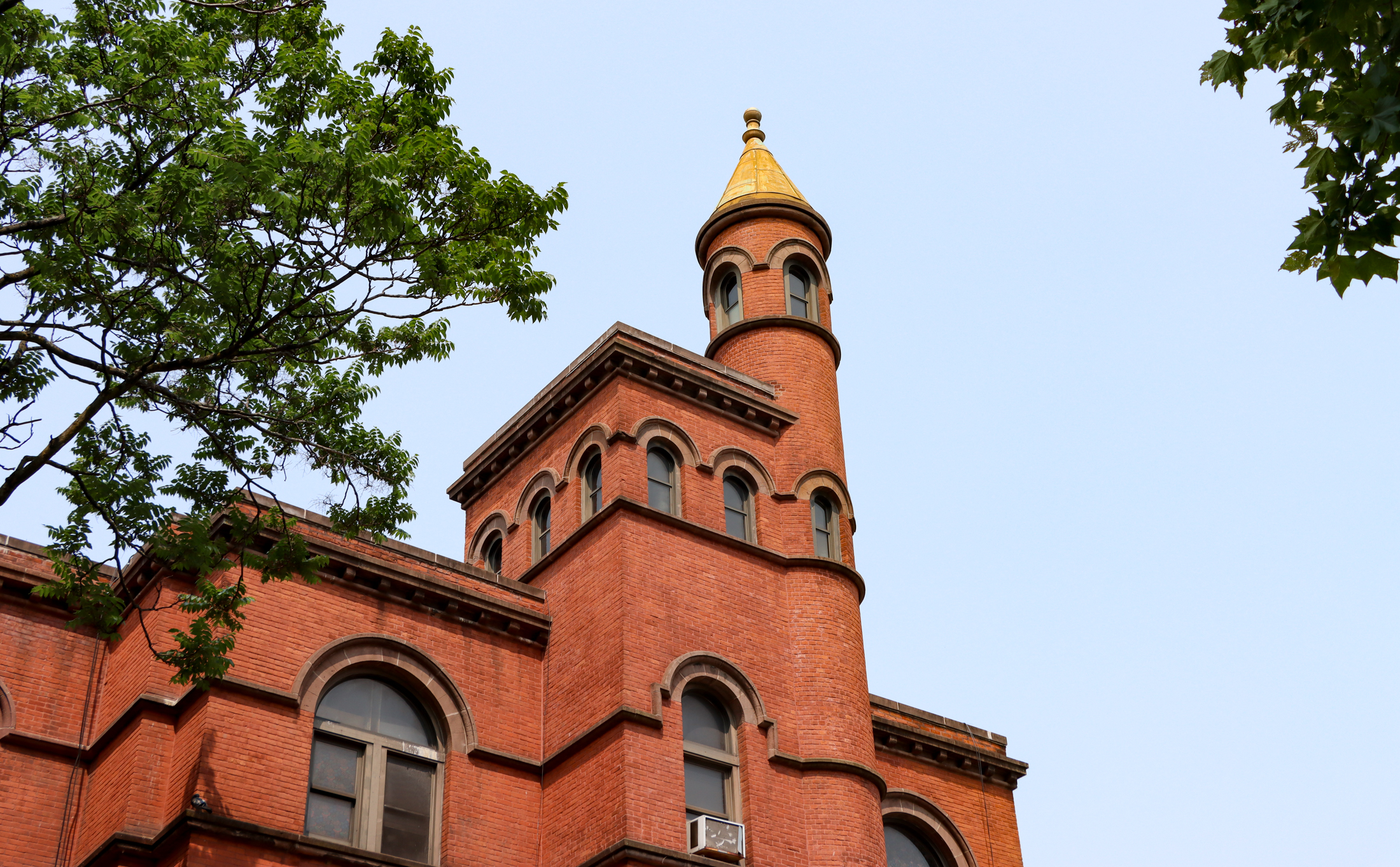Turrets Galore
One of the first things that strikes you as you encounter the woodframe houses and front lawns of the Northern-most portion of Victorian Flatbush (which Mary Kay calls Caton Park and Prospect Park South-Albemarle) are the turrets on the corners of many of the houses. We thought these two examples, at 101 Rugby Road and…
One of the first things that strikes you as you encounter the woodframe houses and front lawns of the Northern-most portion of Victorian Flatbush (which Mary Kay calls Caton Park and Prospect Park South-Albemarle) are the turrets on the corners of many of the houses. We thought these two examples, at 101 Rugby Road and 1314 Albemarle Road were particularly noteworthy.





NPer–I always heard Ditmas Park was around Ditmas between Ocean and Coney Island Avenue. I’ve heard people refer to it that way for ages.
You have not answered my questions. And furthermore, the boundries in terms of residential developement are very well defined.
For the person who brought up the issue of landmarking, this is one of the areas where I argue that the original development names are important, as they reflect a specific architectural history.
Calling Victorian Flatbush precisely that is a way to distinguish several planned developments that have melded in terms of community. Brownstone Brooklyn is a vast and sprawling enterprise which comprises MANY sizable, distinct neighborhoods, each with their own infrastructure. Like I said, if you don’t like Victorian Flatbush, call it Flatbush. That’s what it is geographically. But the whole area isn’t Ditmas Park. However, I’m still eager to hear how you define Ditmas Park.
Once again, I do not maintain that the boundaries are or have ever been well defined. Neighborhoods in NYC are not political, postal, census or even school subdivisions.
No one has ever told me they live in “Victorian Flatbush.” I have have never told anyone that I live in “Brownstone Brooklyn.” I would get funny looks and people would think me pretentious.
I am not suggesting we manufacture “micro-nabes,” or anything so droll. Just stick to the flawed, but highly functional neighborhood definitions.
To some extent, the different neighborhood names are important because certain of the neighborhoods in Victorian Flatbush have been landmarked while others haven’t. Thus, the real “Ditmas Park” is landmarked, while, I believe “Ditmas Park West” is not.
Back when Cortelyou, Church, Flatbush and Newkirk were shopping hubs for all of this part of Flatbush – how were these developments very different from say, neighboring gated communities built by different developers that use all the same transportation/shoppping/educational/recreational services in a greater given area?
And remember, we’re not talking architecure. We’re talking social and political insitutions, such as the Midwood Club, the COlonial CLub, the Knickerbocker – to which residents of all these neighborhoods belonged. Also political groups, such as the TaxPayers association, another early 19th century institution which was pan Flatbush in its membership.
I am really intersted having a better understanding of what it is you are trying to say, because it is not at all clear from your previous posts.
OK – other than residential, please tell me:
A) the streets that you consider your Ditmas Park to encompass
B) and what is so historically important (not architecturally) about the actual 5 x 2 that IS Ditmas Park, and which is not of equal or similar value to the other contempoary Victorian neighborhoods in present day Flatbush.
This is a question of utility. I realize that these areas were named by the developers, but they have evolved over the last 100 years into important identifiers. I don’t need 19th centruy maps to know where Ditmas Park is today.
Ditmas Park and some of the other areas have historical and utilitarian meaning. You might hope that they do not, but it’s not up to you.
bkborn, I hate to quarrel with you,but if you think that the name Ditmas Park is anything more than a real estate term, you are mistaken. Like all the other developements built at the turn of the century, it is an artificial term created by real estate developers at the time, reflecting that the group of houses (all 5 x 2 blocks, with one church, no schools, and no commercial district), just as Prospect Park South, Fiske Terrace, Beverley Square West are real estate creations. The area is FLATBUSH. Period. East 19th Street is Flatbush. Get out your 18th century maps. Flatbush was composed of farms, and maps actually show who owned what and where it was. Victorian Flatbush just happens to be a convenient and more accurate reflection of the community that currently inhabits this section of Flatbush. Call it West Flatbush for all I care. Call it Flatbush. But when speaking of more that the 2 x 5 streets that compose the area, don’t call it Ditmas Park. It’s inaccurate, and confusing when there appropriate times to designate individual neighborhoods within the community. I attended a Beverley Square West meeting last night. Does that mean I don’t also live in Victorian Flatbush, and value that community. Hell, no.
As far as “Edwardian architecture” vs. “Victorian architecture” goes. Architectural historians use the terms
“Victorian” to loosley define homes built in both the Victorian and Edwardian periods (none of which actually ever happened in the US). In fact Queen Anne was the big style in ENgland during the reign of Victorian – named after a long dead queen (long story). Victorian architecture is an architecural term – not an historical one. Many of the homes in “Victorian Flatbush” are actually transitional (between Victorian and arts and crafts), Colonial Revival, Queen Anne (in the American not British use of this term) and other period revivials. There are a few examples of what architectural historians term “folly and “eclectic” as well as some great a&c architecure on East 16th street in Ditmas Park Proper. This rich architecural history of the neighborhood as a whole is what gives it a lot of its architectural value.